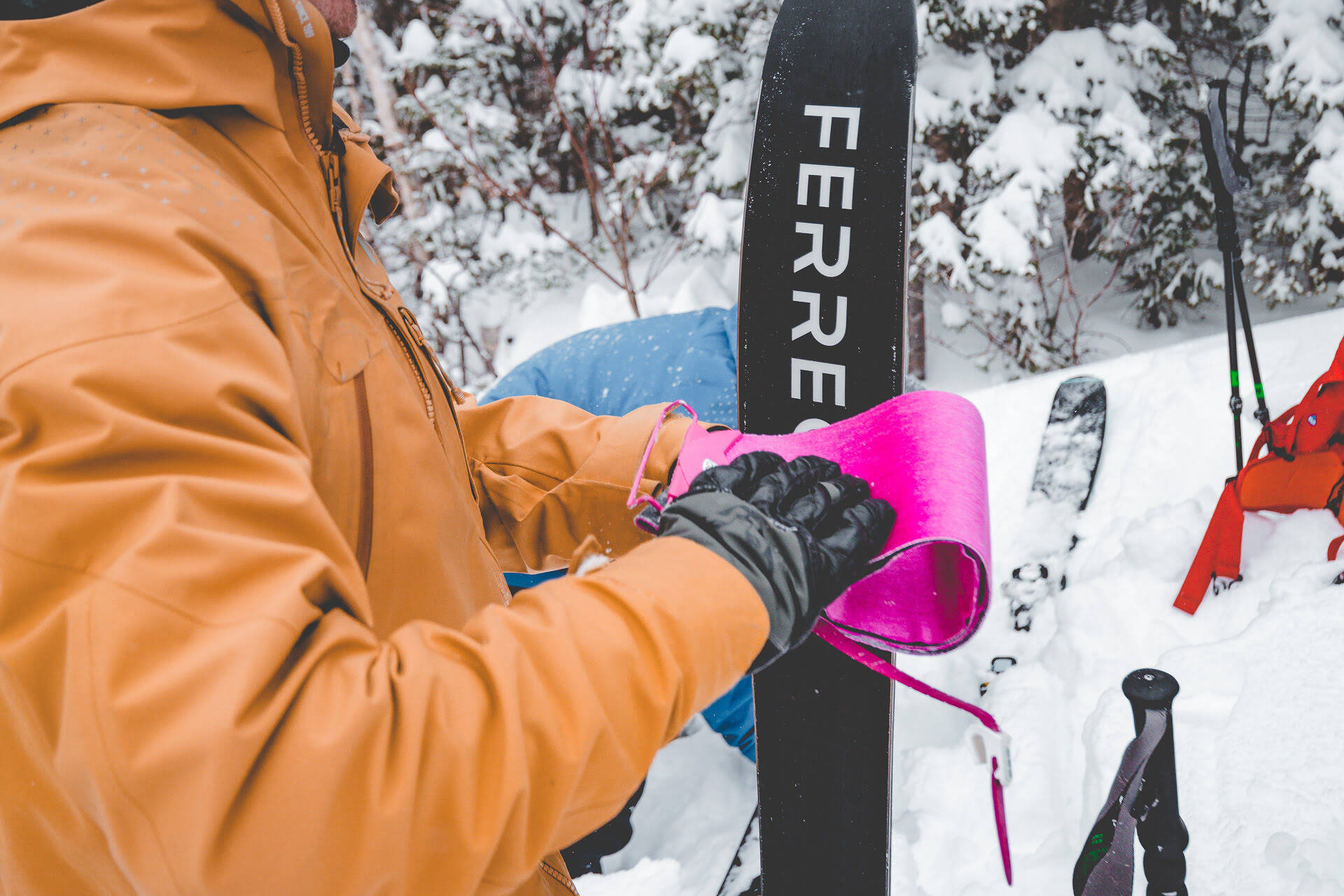

Articles
How To Store Climbing Skins
Modified: January 24, 2024
Looking for articles on how to properly store climbing skins? Check out our helpful guide for tips and tricks to keep your skins in top condition.
(Many of the links in this article redirect to a specific reviewed product. Your purchase of these products through affiliate links helps to generate commission for Storables.com, at no extra cost. Learn more)
Introduction
Climbing skins are an essential piece of equipment for backcountry skiing or snowboarding. They provide traction on uphill climbs, allowing you to ascend steep slopes with ease. However, proper storage of climbing skins is often overlooked. Many outdoor enthusiasts simply throw them in their gear bag or stash them away in a corner of the garage. But if you want your climbing skins to last and perform optimally season after season, proper storage is crucial.
In this article, we will explore effective methods for storing climbing skins to ensure their longevity and performance. We will cover cleaning and drying techniques, folding and rolling methods, container options, storage locations, and maintenance tips and tricks to keep your climbing skins in top shape.
By following these guidelines, you can extend the lifespan of your climbing skins, maintaining their effectiveness and saving money in the long run. So let’s dive into the details and discover how to properly store climbing skins.
Key Takeaways:
- Properly storing climbing skins is crucial for maintaining their longevity and performance. From cleaning and drying to choosing the right container and storage location, attention to detail ensures optimal grip and efficiency on uphill climbs.
- Regular maintenance, including adhesive inspection and reapplication, extends the lifespan of climbing skins. Following manufacturer guidelines and storing them individually further enhances their performance, making backcountry adventures more enjoyable and cost-effective.
Read more: How To Store Pomoca Skins
Step 1: Cleaning and Drying
Before storing your climbing skins, it’s important to clean and dry them thoroughly. Over time, dirt, snow, and debris can accumulate on the adhesive side of the skins, compromising their stickiness and performance. Follow these steps to ensure your climbing skins are clean and ready for storage:
- Remove from Skis: Start by carefully removing the climbing skins from your skis. Gently peel them off, making sure not to damage the adhesive backing.
- Clean the Adhesive Side: Use a soft brush or cloth to remove any dirt and debris from the adhesive side of the skins. Avoid using any harsh chemicals or abrasive materials that could damage the adhesive. Make sure to pay attention to any areas with stubborn residue, taking extra care to remove it completely.
- Wash with Mild Soap: If your climbing skins are particularly dirty, you can wash them using a mild soap and warm water. Use a gentle, non-abrasive soap specifically designed for outdoor gear. Gently scrub the adhesive side of the skins with a soft brush or cloth and rinse thoroughly. Be sure to remove all soap residue.
- Dry Completely: After cleaning, allow your climbing skins to dry completely before storing them. Lay them flat, adhesive side up, in a cool, dry area. Avoid exposing them to direct sunlight or heat sources, as this can damage the adhesive. Allow sufficient time for the skins to air dry, ensuring that they are completely moisture-free.
Properly cleaning and drying your climbing skins before storage not only extends their lifespan but also ensures optimal performance when you use them next season. With clean and dry climbing skins, you’ll have maximum grip and efficiency on your uphill climbs.
Step 2: Folding and Rolling Techniques
Once your climbing skins are clean and dry, it’s time to fold and roll them properly for storage. The way you fold and roll your skins can impact their overall performance and longevity. Follow these techniques to ensure your climbing skins remain in great shape:
- Folding Method: Start by folding your climbing skins in half lengthwise, adhesive side facing inwards. This will protect the adhesive from any contaminants and keep it clean. Then, fold them in half once again, this time widthwise. This double-fold method helps to evenly distribute the pressure on the adhesive side, preventing any creases or damage.
- Rolling Method: An alternative to folding is rolling your climbing skins. To do this, start at one end and roll the skin tightly, keeping the adhesive side protected on the inside. A tight roll will help prevent any potential creases or wrinkles that can affect the performance of the skins. You can secure the roll with a Velcro strap or a rubber band to keep it compact.
- Protect the Folding or Rolling: To prevent any potential damage to the folded or rolled climbing skins, it’s recommended to use a protective sheet or bag. Place the folded or rolled skins inside a clean, breathable fabric bag, ensuring that it’s large enough to accommodate their size. This extra layer of protection will prevent any accidental scratches, tears, or exposure to external elements during storage.
By utilizing these folding and rolling techniques, you can maintain the integrity of the climbing skins and optimize their performance. Whether you choose to fold or roll, make sure to store your climbing skins in a way that keeps the adhesive side protected and minimizes any potential damage.
Step 3: Container Options
When it comes to storing your climbing skins, using the right container is essential. It should provide protection from moisture, dust, and other potential sources of damage. Here are a few container options to consider:
- Climbing Skin Storage Bags: Some climbing skin manufacturers provide specialized storage bags designed specifically for their skins. These bags are usually made of breathable and moisture-resistant materials to keep the skins dry and protected. They often have a drawstring closure or a zippered compartment for easy access.
- Ziplock Bags: If you don’t have a dedicated storage bag, you can use gallon-sized ziplock bags. Make sure to choose thick, durable bags that can withstand wear and tear. Place the folded or rolled climbing skins inside the ziplock bag, ensuring it is fully sealed to prevent any moisture or contaminants from entering.
- Plastic Containers: Another option is to store your climbing skins in a plastic container with a tight-fitting lid. Look for containers that are large enough to accommodate the folded or rolled skins without squeezing them. Ensure that the container is clean and dry before placing the skins inside.
Regardless of the container you choose, make sure it provides adequate protection and keeps the climbing skins in a cool, dry environment. This will help maintain their adhesive integrity and overall performance. Avoid storing your climbing skins in areas prone to extreme temperatures, high humidity, or direct sunlight, as these conditions can degrade the adhesive and shorten their lifespan.
Remember to label the container with the type and size of the climbing skins, as well as the date of purchase or last use. This will help you stay organized and easily identify the correct pair of climbing skins when you need them.
After each use, make sure to dry your climbing skins completely before storing them. Store them in a cool, dry place away from direct sunlight to prevent the glue from degrading.
Step 4: Storage Locations
The location where you store your climbing skins is just as important as the container you choose. Here are some factors to consider when deciding on the ideal storage location:
- Cool and Dry Area: It’s crucial to store your climbing skins in a cool and dry area. Excessive heat and humidity can damage the adhesive and affect the performance of the skins. Find a spot in your home or gear storage area that is consistently dry and maintains a moderate temperature. Avoid storing them in basements, attics, or garages that are prone to temperature fluctuations.
- Avoid Exposure to Sunlight: Direct sunlight can accelerate the deterioration of the adhesive on your climbing skins. To protect them from the harmful effects of UV rays, store your skins in a dark or low-light area. If possible, choose a storage location away from windows or install blinds or curtains to block out sunlight.
- Consider Vertical Storage: Storing your climbing skins vertically can help prevent any pressure or compression that can damage the adhesive. Look for hooks, racks, or shelves where you can hang the folded or rolled skins vertically. This will allow them to maintain their shape and ensure they are ready for the next use.
- Avoid Contact with Sharp Objects: When choosing a storage location, ensure that your climbing skins are not in close proximity to sharp objects or any surfaces that could scratch or damage them. Keep them away from skis, crampons, ice axes, or any other gear that could potentially cause harm.
By selecting an appropriate storage location, you can safeguard your climbing skins and ensure they remain in top condition for your future backcountry adventures.
Read more: How To Store Ski Skins
Step 5: Maintenance Tips and Tricks
In addition to proper cleaning, folding, storage containers, and storage locations, there are some maintenance tips and tricks that can further extend the life and performance of your climbing skins. Here are some key considerations:
- Regularly Inspect the Adhesive: Inspect the adhesive side of your climbing skins periodically to ensure it is still in good condition. Look for any signs of wear, peeling, or loss of stickiness. If you notice any issues, it may be time to replace the adhesive or consider getting new skins.
- Reapply Adhesive if Necessary: Over time, the adhesive on the climbing skins can start to lose its stickiness. If you find that your skins are no longer adhering properly to your skis, you can consider reapplying adhesive. There are adhesive refresher sprays or glue sheets available in the market specifically designed for climbing skins.
- Store Separate Skins Individually: If you have multiple pairs of climbing skins, it’s best to store them individually to prevent any contact between the adhesive sides. This will help avoid any potential transfer of dirt, debris, or contaminants. Use separate storage bags or containers for each pair of climbing skins.
- Check for Debris before Application: Before applying your climbing skins to your skis, make it a habit to check the adhesive side for any debris or contaminants. Brush off any dirt, snow, or dust before attaching them to ensure a secure and proper bond with your skis.
- Follow Manufacturer Guidelines: Always refer to the manufacturer’s guidelines and instructions for specific care and maintenance recommendations for your climbing skins. Different brands and models may have unique instructions and products that are best suited for their particular skin materials and adhesives.
By following these maintenance tips and tricks, you can maximize the lifespan and performance of your climbing skins. Regular upkeep and care will ensure that your skins are always ready for your next backcountry adventure.
Conclusion
Properly storing your climbing skins is essential for preserving their longevity and maintaining their performance. By following the steps outlined in this article, you can ensure that your climbing skins are in top shape season after season.
Start by cleaning and drying your climbing skins thoroughly, removing any dirt or debris that could affect their adhesive. Use the folding or rolling techniques described to protect the adhesive side and prevent any creases or damage. Choose a suitable storage container that provides adequate protection from moisture and dust, and store your skins in a cool, dry location away from direct sunlight.
Additionally, make use of the maintenance tips and tricks provided such as regularly inspecting the adhesive, reapplying adhesive if necessary, and checking for debris before application. Following the manufacturer’s guidelines and instructions is also crucial for specific care and maintenance recommendations.
With proper storage and maintenance, your climbing skins will have a longer lifespan, ensuring optimal performance on your backcountry adventures. Taking the time to care for your gear will not only save you money in the long run but also contribute to a more enjoyable and successful experience in the mountains.
So, invest the time and effort into storing your climbing skins correctly and enjoy the benefits of extended use and reliability when you hit the backcountry trails.
Frequently Asked Questions about How To Store Climbing Skins
Was this page helpful?
At Storables.com, we guarantee accurate and reliable information. Our content, validated by Expert Board Contributors, is crafted following stringent Editorial Policies. We're committed to providing you with well-researched, expert-backed insights for all your informational needs.
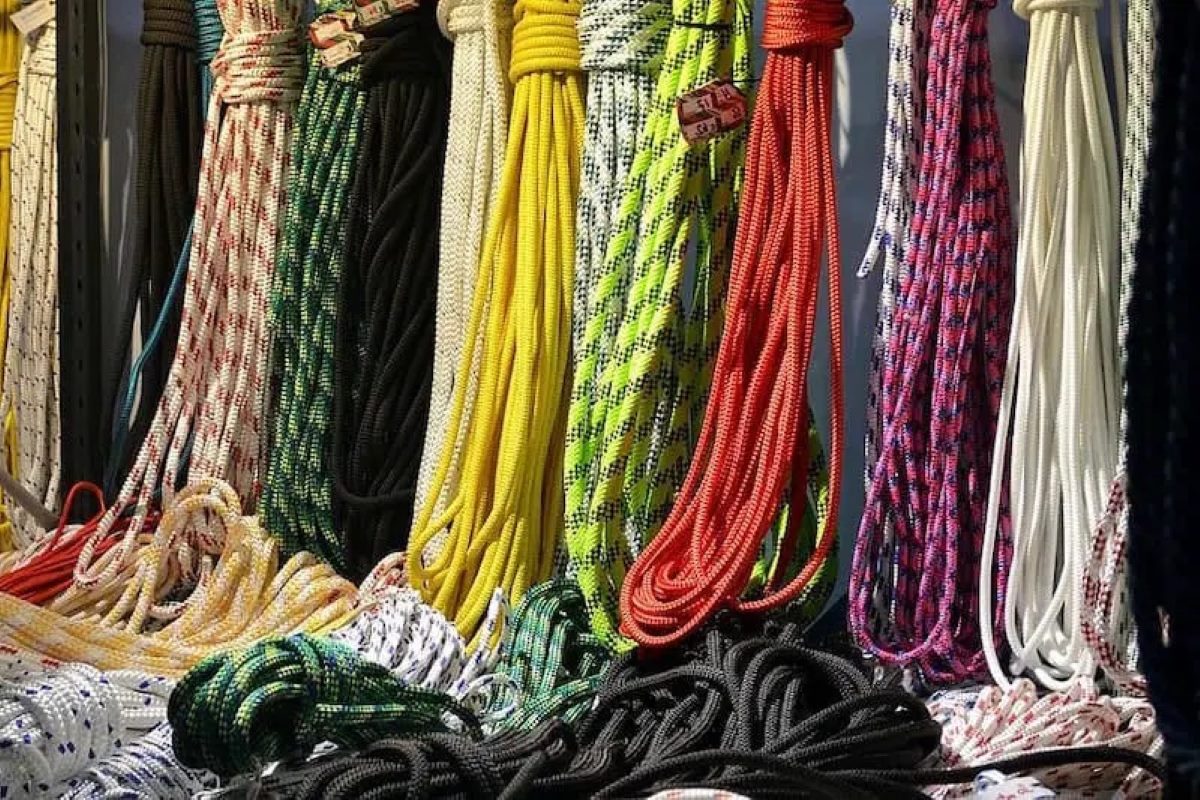
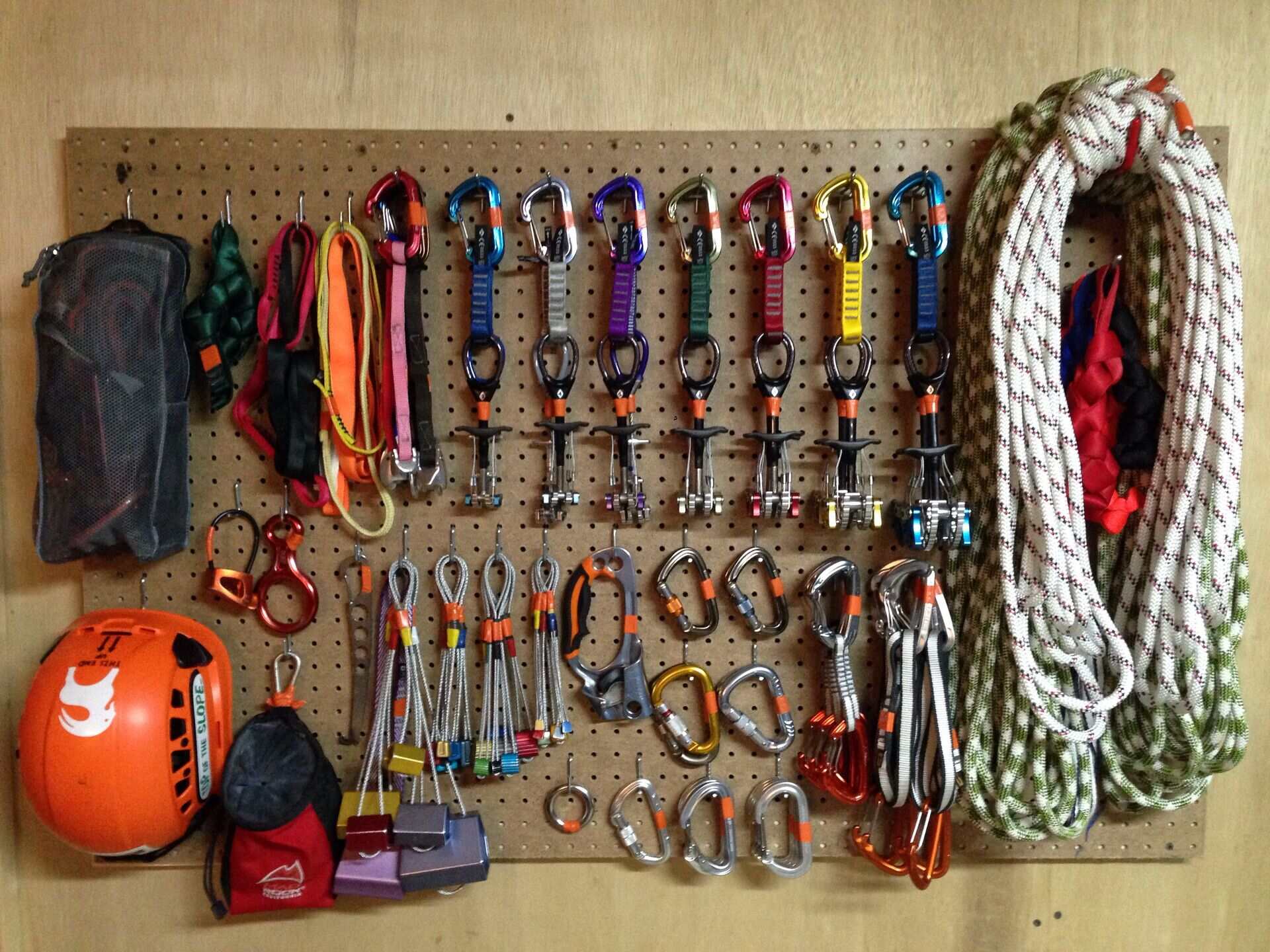
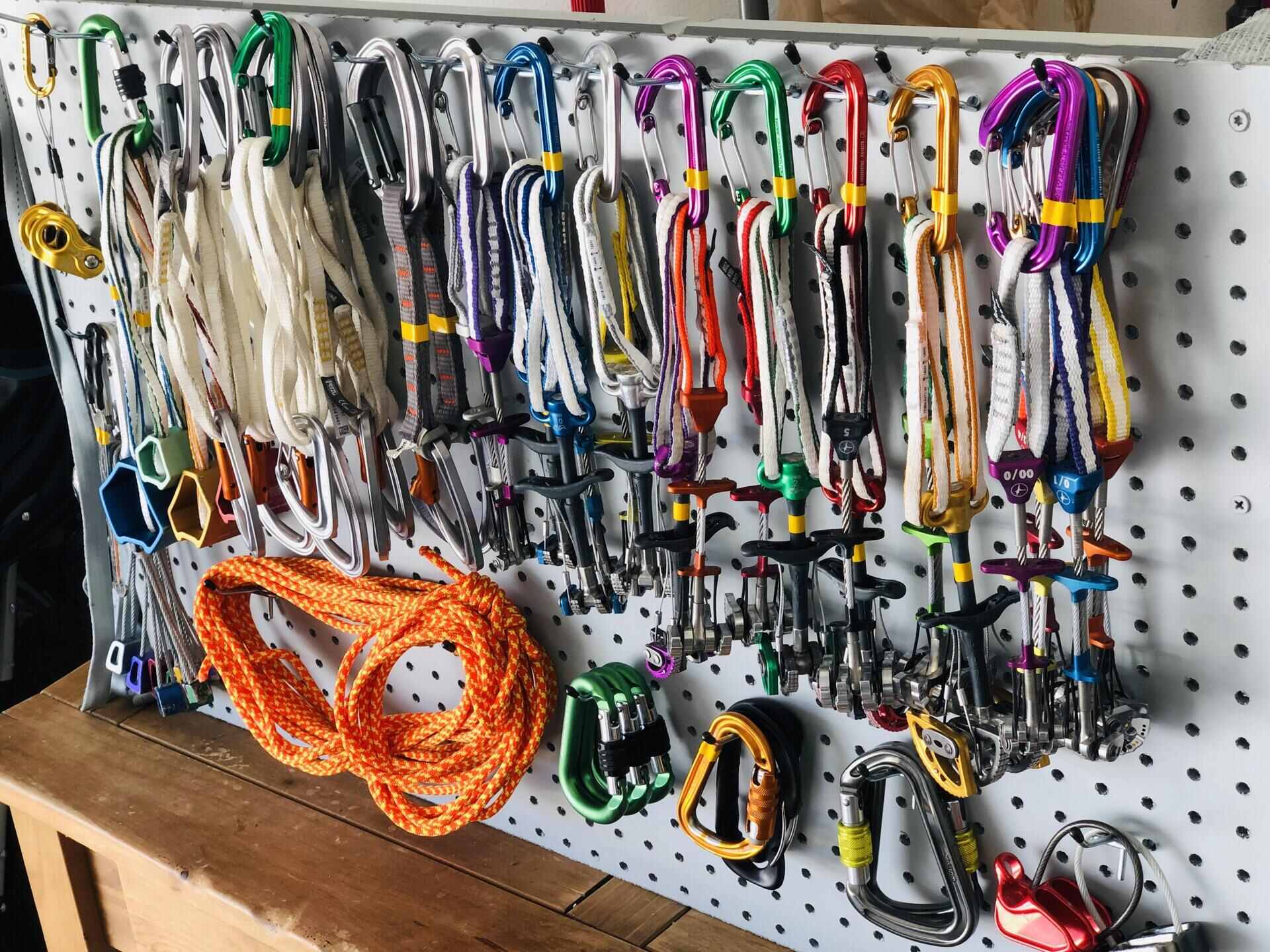







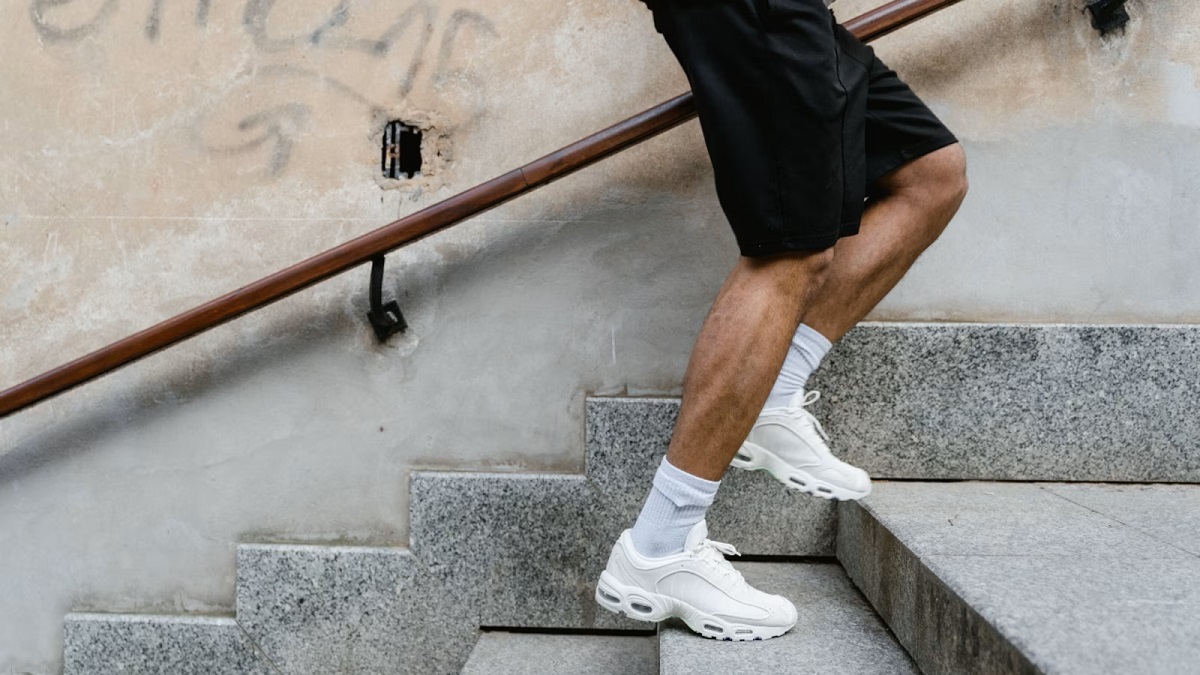
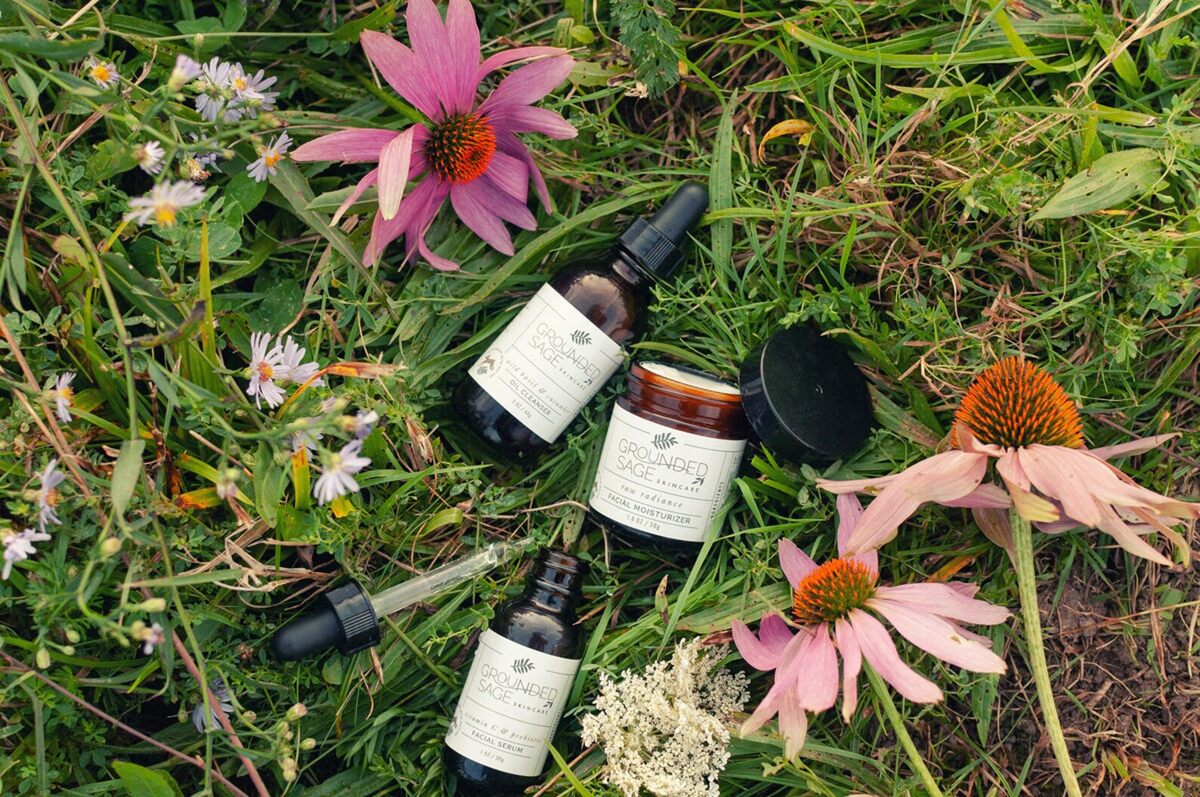
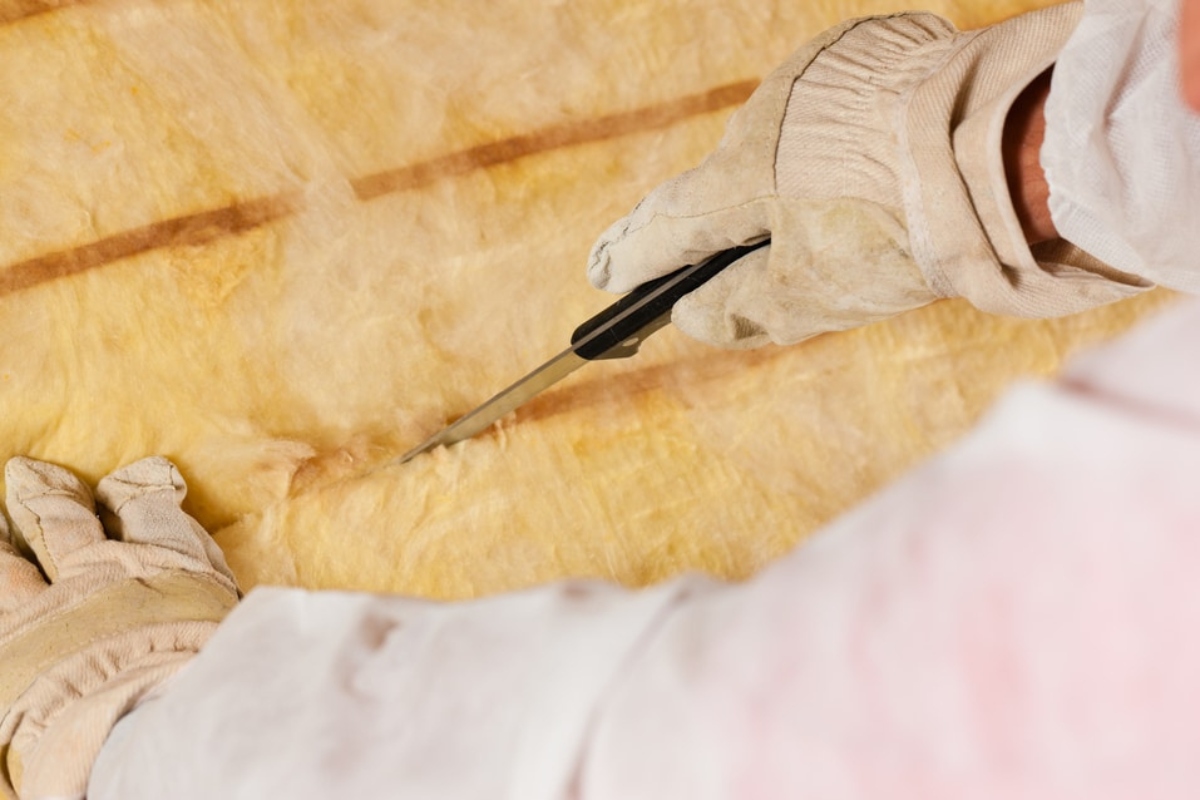


0 thoughts on “How To Store Climbing Skins”